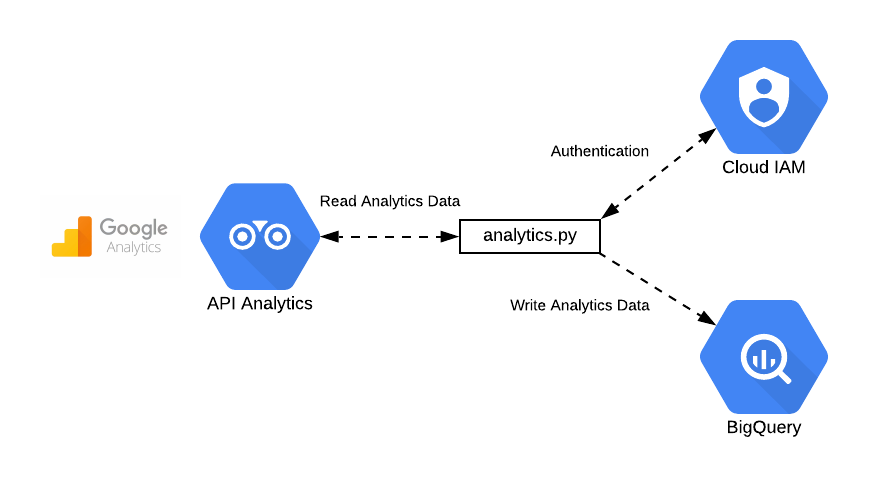
More of our conversations today are directed to AI than to people.
In fact, over 90% of workplace interactions now involve AI in some form. And these aren’t simple exchanges. They’re high-stakes, result-driven conversations: drafting proposals, analysing datasets, brainstorming campaigns, and even informing critical business decisions.
The sheer volume of these interactions is accelerating, and the quality of outcomes now hinges on how deliberately you initiate them. Prompts are no longer casual inputs; they are calculated instructions that shape the trajectory of AI-driven work. A Prompt Library provides the foundation to standardise, refine, and scale these instructions across the enterprise.
Prompt Library is fast becoming the backbone of every AI workflow in 2025.
How does AI calculate the responses to your Prompts
We all recognise that large language models are trained on vast datasets. These datasets are broken down into smaller units called tokens. Tokens are not stored as plain text but as numerical representations inside a neural network, a vast web of mathematical connections.
When you provide the AI with a prompt, it doesn’t simply retrieve information from these sources. Instead, it uses statistical patterns learned during training to predict the most plausible sequence of words that should follow.
Each response is generated fresh, token by token, after processing billions of prior sentences.
The striking part is that you never know exactly what it will produce next. Yet the quality of that output depends on how you guide it — and this is precisely where a well-designed Prompt Library proves indispensable.
Prompt Engineering & How Each Model Has Its Own Set of Rules
Prompt engineering is the discipline of designing inputs that guide models to produce the most useful outputs. But prompts don’t operate in a vacuum. Each model processes them differently, and understanding these nuances is critical for achieving precision.
For instance, foundation models like GPT-style transformers (OpenAI’s GPT-4, Anthropic’s Claude) are autoregressive. They generate text by predicting one token at a time, extending your input into the most statistically correct continuation. Without instruction-tuning, these models may simply append text rather than “answer” a question.
On the other hand, instruction-tuned models (such as Meta’s LLaMA 2-Chat or Falcon-Instruct) have been fine-tuned on datasets of questions and responses. They’re more likely to follow explicit instructions and deliver outputs in the structured format you expect, but the quality depends on how well you phrase the request.
Meanwhile, retrieval-augmented models (like those powering enterprise tools such as IBM watsonx.ai or RAG-based GPT implementations) work by grounding responses in external knowledge bases.
Even multimodal models like GPT-4V or Google’s Gemini add another layer of complexity, since prompts can involve not only text but also images or other input formats.
The point is simple: knowing which kind of model you’re working with fundamentally shapes how you should design your prompts. The better the alignment between prompt structure and model type, the more consistent and accurate the responses.
What is a Prompt Library?
Prompt Library is arguably the most powerful repository in 2025 because it transforms scattered words into enterprise-grade workflows. It lets you curate, save and delete prompts from your model or enterprise search solution. It also enables you to update details as per your needs.
10 essential elements of a prompt library
1. Centralized Repository
A single place for all enterprise prompts. It makes prompts searchable, secure, and accessible.
Example: Instead of storing prompts in random Slack threads, all marketing prompts live in a shared library accessible via unified search.
2. Prompt Taxonomy & Tagging
Categorize your prompts by use case, domain, role, or model type for quick retrieval.
Example: A legal prompt tagged as [Legal][Summarisation][GPT-4] makes it instantly discoverable for compliance teams.
3. Reusability Across Workflows
Track updates, iterations, and performance improvements of prompts.
Example: “Customer Support – Refund Policy v2.3” shows what changed from v2.2.
4. Flexible Metadata & Relationships
Prompts are linked with messages, collections, and tags for rich context and easier management.
Example: A user generated prompt is connected to the originating chat message, enabling traceability and audit.
5. Dynamic System-Generated Prompts
The system suggests or generates high-utility prompts automatically based on usage patterns.
Example: Frequently used “Summarise this document prompts appear in the library for all users.
6. Versioning & Tracking Updates
Track changes to prompts over time to maintain quality and evolution.
Example: Updates to “Explain the code snippet prompt” are recorded, showing when and by whom changes were made.
7. Usage Insights & Recommendations
Monitor which prompts are most used to guide adoption and optimization.
Example: Graph queries return the top 5 most-used prompts, helping teams focus on high-impact templates.
8. User & System Collaboration
Both user-generated and system-generated prompts can coexist, enabling collaborative growth of the library.
9. Searchable SQL & Graph Architecture
Prompts are stored in a hybrid SQL + graph DB, enabling efficient queries and discovery across relationships.
Example: A legal team searches for all prompts linked to “compliance” and immediately finds user-generated and system-generated options.
10. Scalable & Future-Proof Design
The library supports dynamic tagging, flexible collections, and hybrid storage, allowing easy expansion without redesign.
Example: Adding a new model type or prompt collection is seamless without affecting existing workflows.
Conclusion
Imagine a single place where every high-value prompt lives, tagged, versioned, tested, and ready to use. That’s not just convenience – but control.
Start by capturing your best prompts, the ones your teams use over and over. Share them. Improve them. Let the system suggest the next wave of high-performing prompts. Watch patterns emerge, see what works, and refine relentlessly. You’re not just building a library; you’re building a living engine of productivity and insight.
This is the quiet power of deliberate work. And it changes everything.
Let PromptX help you capture, refine, and share your best prompts, turning your library into the AI-powered engine behind your work.
PromptX, empowers businesses, creative professionals, and AI developers to achieve remarkable efficiency and scalability. At VE3, we’re helping clients make that future real, secure, and scalable today.
To know more about our solutions visit us or directly contact us.








